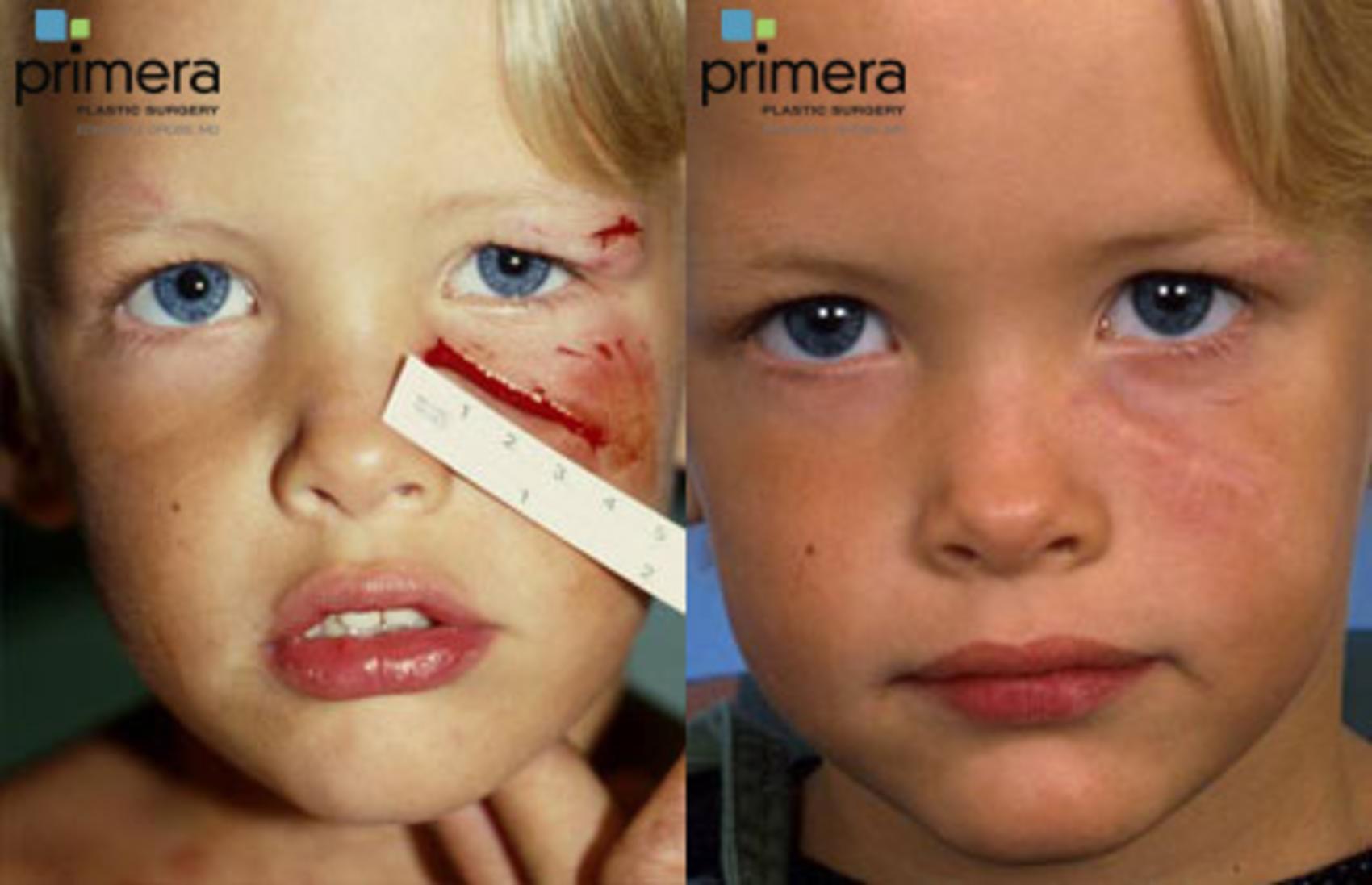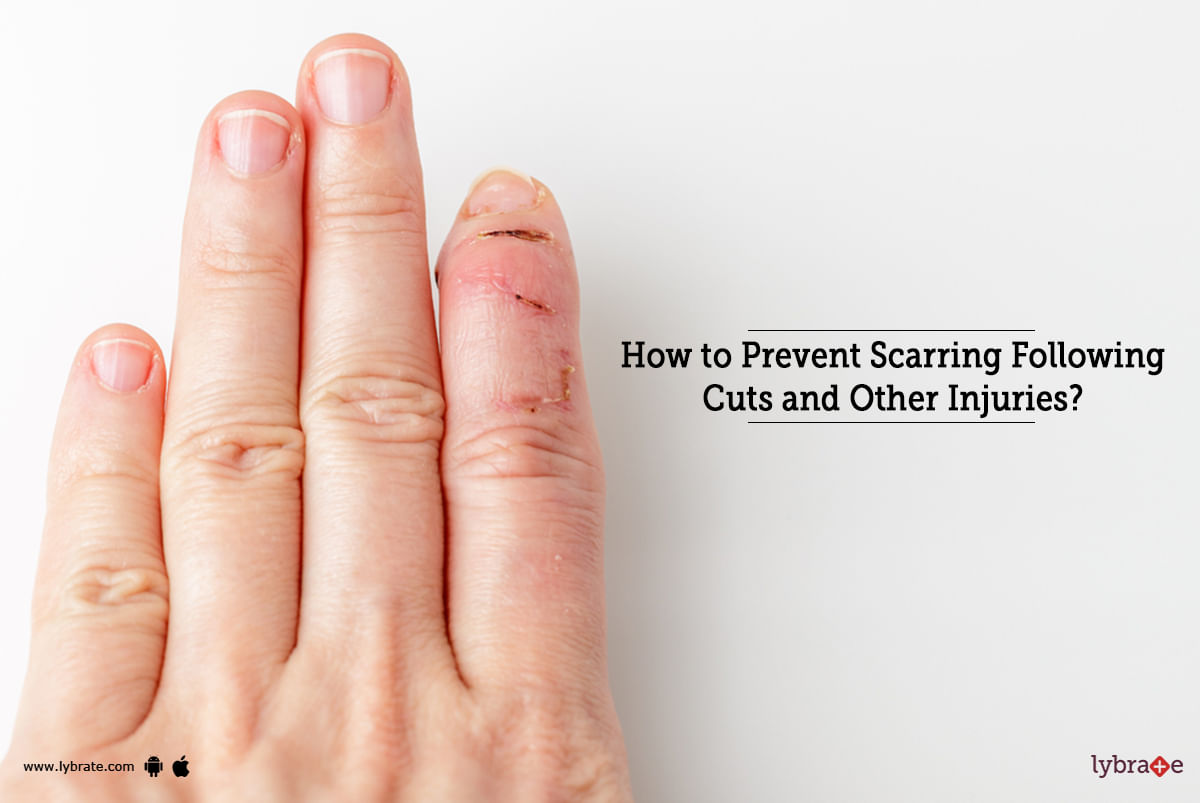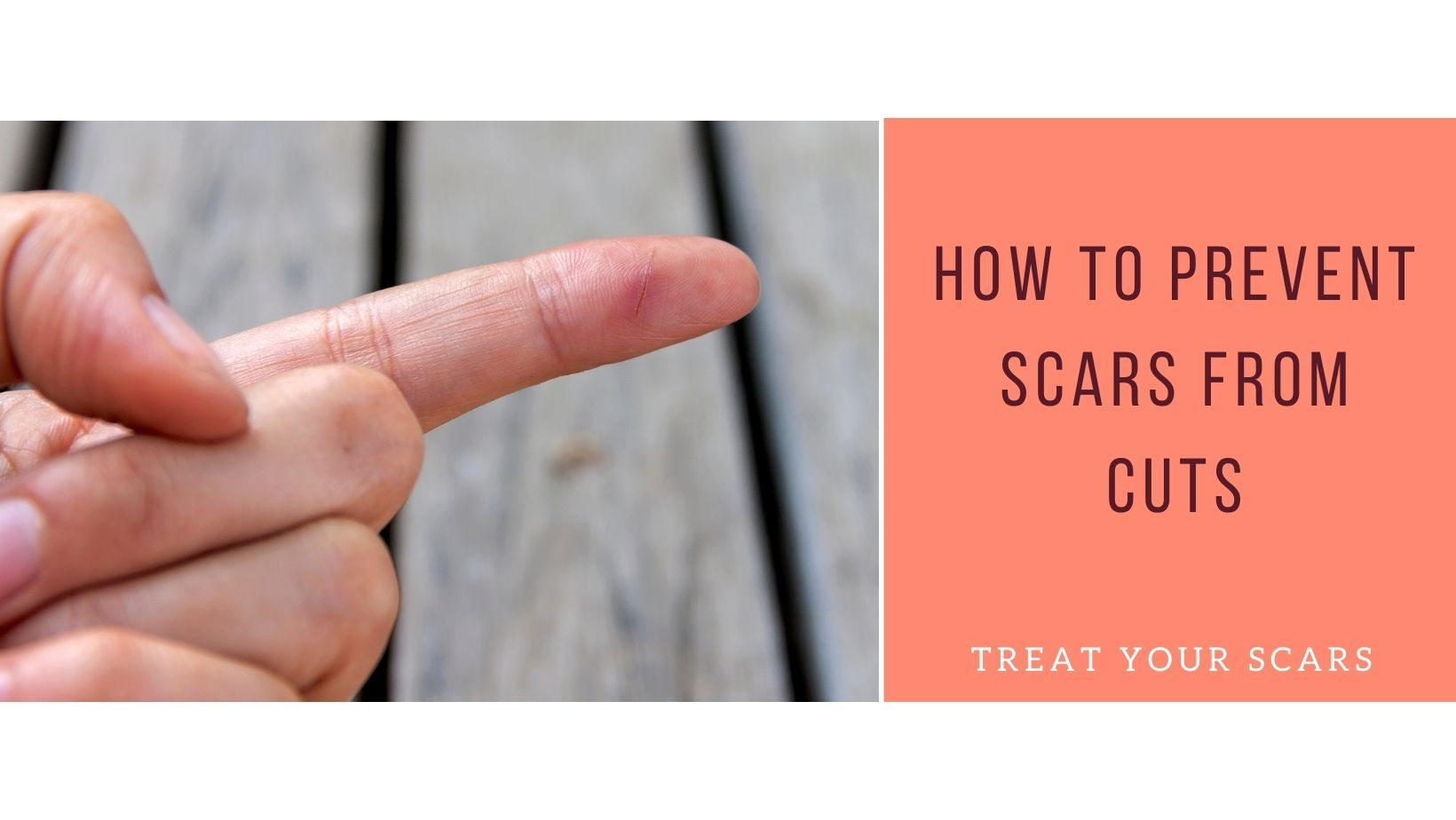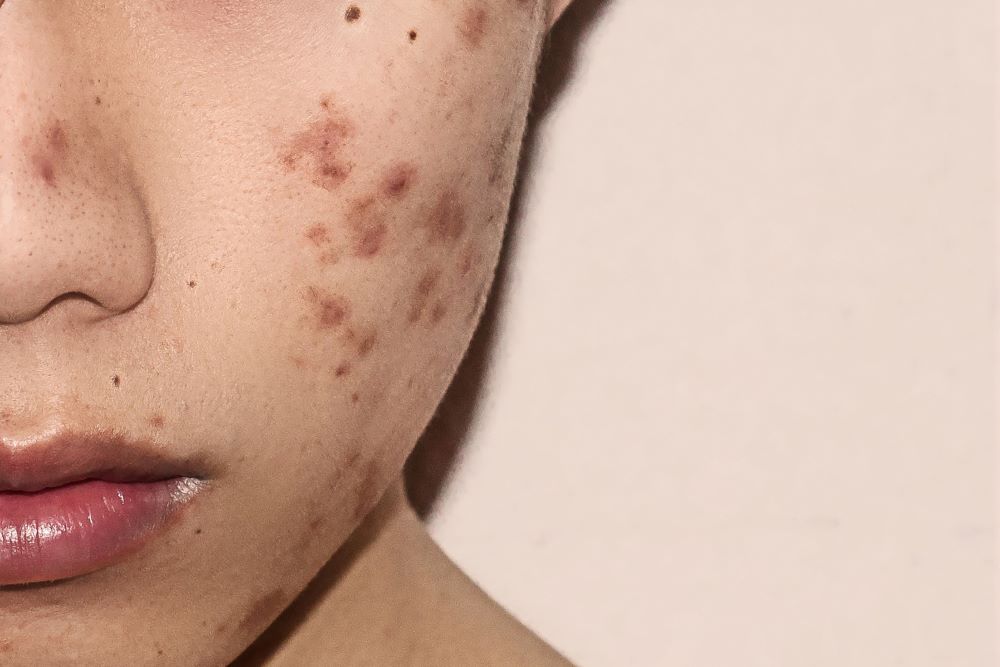Formidable Tips About How To Prevent Cuts From Scarring
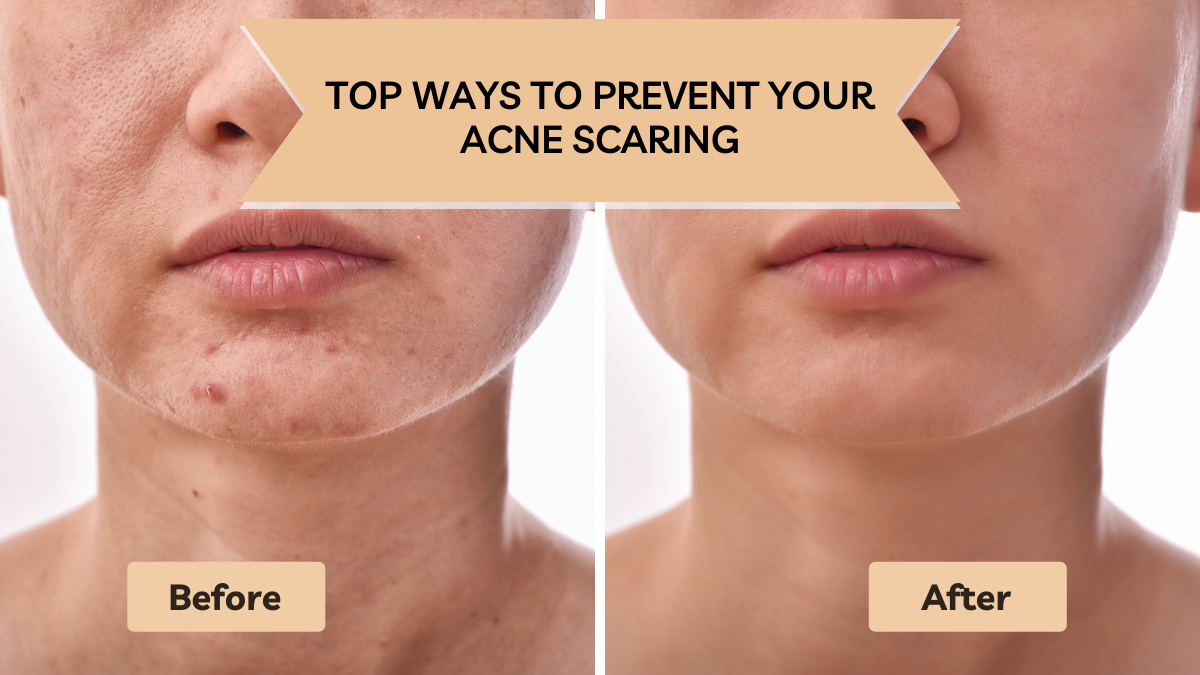
Don't stop using the honey for at least a week (this is key).
How to prevent cuts from scarring. Put a clean gauze pad over it and tape it on. Sun protection may help reduce red or brown discoloration and help the scar fade faster. Each phase is important for the wound.
Hypertrophic scars that do not improve by 6 months are keloids and should be managed aggressively. The best option is cool water and antibacterial soap. Leaving wounds uncovered or using standard plasters.
There are several ways to approach treating scars. Wound care to help prevent scarring.
Healing can be explained generally within four stages, yet the process is very complex and interconnected. How to prevent scarring and what treatments you want to avoid. Some wounds, such as scrapes that cover a large area, should be kept moist to help reduce scarring.
Most importantly, you should know how to treat the wound as it is healing, and as the scar is forming. Do not scrub the wound. Topical scar treatments can help if used early.
This will kill 99.9% of the organisms that could. Use petroleum jelly on your wound, and bandage it up to let it heal. My favorite is hibiclens, available at all drug stores.
First clean it! A styptic such as glyder’s styptic pencil is the perfect solution for how to prevent scars after a shaving. Use antibacterial cream or ointment and cover the area with a bandage, which can speed healing.
How to best treat a wound and prevent scarring. Of course, the best way to avoid scars is to prevent injuries from happening. Allowing a fresh cut to breathe delays healing by as much as 50%.
Wounds should be kept uncovered so the air can help them heal. Wash the cut area well with soap and water. When the wound is completely healed, if you can still see.
Early intervention is a key to control hyperplastic response. Research shows that keeping wounds covered with a bandage. Direct pressure with gentle circular massaging of the skin 15 minutes, three times a day can help.

